Select Device Freestyle Lingo Freestyle Libre 3 Freestyle Libre 2 Freestyle Libre 14 Day Dexcom G7 Dexcom G6 Dexcom Stelo Guardian Connect Medtronic Simplera Eversense Meter Omnipod Omnipod Dash Medtronic 780G Medtronic 630G Tandem t:slim X2 Bigfoot Unity Medtronic InPen Tempo Pen NovoPen 6/NovoPen Echo Insulin Pen Afrezza CeQur Simplicity Patch V-Go Patch Omnipod GO Patch Syringe and Vial Beta Bionics iLet Pancreas Control IQ with Dexcom Control IQ with Freestyle Libre Medtronic 780G with Smart Guard Omnipod 5 Tandem Mobi Tidepool Loop twiist DIY Loop Apple Series 6/7/8/9/10/SE (2nd Generation) Garmin vívosmart 5™ Garmin Venu Sq 2 Garmin Venu 3 Garmin vivoactive 5 Garmin Fenix 8 Garmin vivofit jr 3 Garmin Forerunner 165/265/965 Garmin epix (Gen 2) Garmin Enduro 3 Fitbit Ace LTE Fitbit Charge 6 Fitbit Inspire 3 Fitbit Versa/Versa 2/4/Versa Lite Fitbit Sense 2 Fitbit Luxe Google Pixel 2/3 Samsung Galaxy 4/5 Xiaomi Mi Band 9 Oura Ring Whoop 4.0 Withings ScanWatch 2 Withings ScanWatch Lite Pedometer 3D Pedometer
Select Device Freestyle Lingo Freestyle Libre 3 Freestyle Libre 2 Freestyle Libre 14 Day Dexcom G7 Dexcom G6 Dexcom Stelo Guardian Connect Medtronic Simplera Eversense Meter Omnipod Omnipod Dash Medtronic 780G Medtronic 630G Tandem t:slim X2 Bigfoot Unity Medtronic InPen Tempo Pen NovoPen 6/NovoPen Echo Insulin Pen Afrezza CeQur Simplicity Patch V-Go Patch Omnipod GO Patch Syringe and Vial Beta Bionics iLet Pancreas Control IQ with Dexcom Control IQ with Freestyle Libre Medtronic 780G with Smart Guard Omnipod 5 Tandem Mobi Tidepool Loop twiist DIY Loop Apple Series 6/7/8/9/10/SE (2nd Generation) Garmin vívosmart 5™ Garmin Venu Sq 2 Garmin Venu 3 Garmin vivoactive 5 Garmin Fenix 8 Garmin vivofit jr 3 Garmin Forerunner 165/265/965 Garmin epix (Gen 2) Garmin Enduro 3 Fitbit Ace LTE Fitbit Charge 6 Fitbit Inspire 3 Fitbit Versa/Versa 2/4/Versa Lite Fitbit Sense 2 Fitbit Luxe Google Pixel 2/3 Samsung Galaxy 4/5 Xiaomi Mi Band 9 Oura Ring Whoop 4.0 Withings ScanWatch 2 Withings ScanWatch Lite Pedometer 3D Pedometer
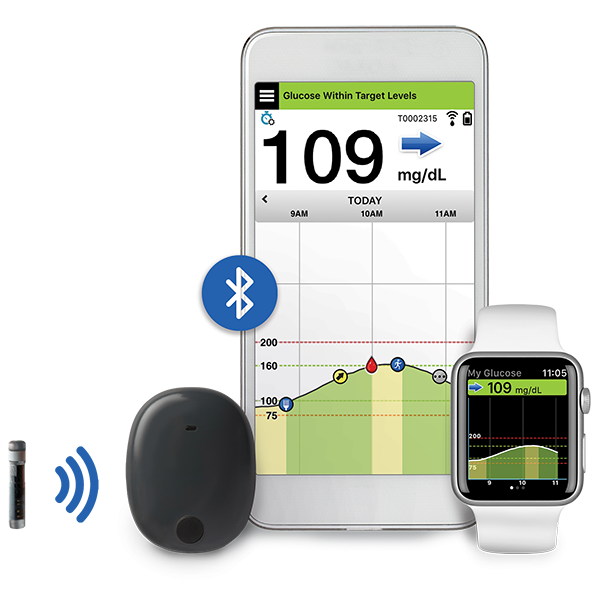
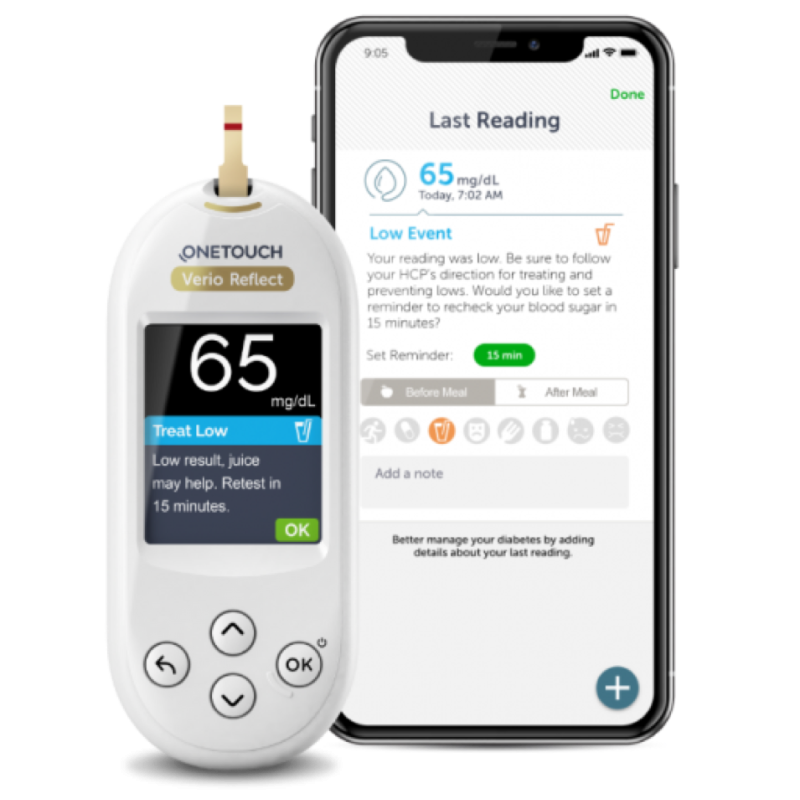
Summary
This sensor lasts the longest - 180 days. It has to be placed under the skin by a healthcare provider. It has two parts, the implantable sensor and a transmitter that sends data to a mobile device.
MARD: 8.5-9.1%
*Recently FDA approved for use with insulin pumps.
Good to have. Tried and true. Backup or day to day. Fingersticks required.
Components
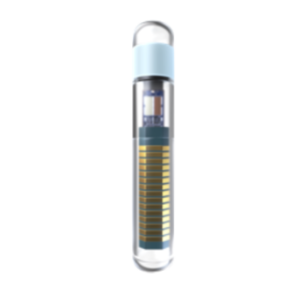
Eversense : Sensor
Professionally inserted by a physician during a medical visit. Minor procedure.
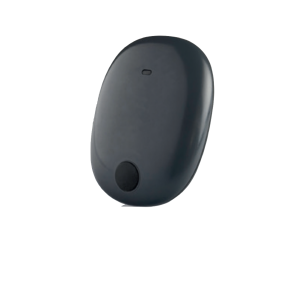
Eversense : Transmitter
Transmitter sits outside of the body and is held on by an adhesive. Sends data every 5 minutes to a connected mobile device.
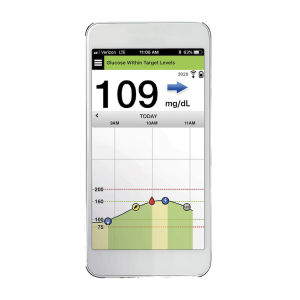
Eversense : Receiver
Real-time glucose measurements sent to a compatible mobile-device or smart watch. No need for a separate receiver. Available for both iOS and Android devices.

Generic Meter : Lancets
Tiny needle called a lancet is used to poke the skin (on a finger or on your arm) to get a small sample of blood. The lancing device is packaged with the glucometer.
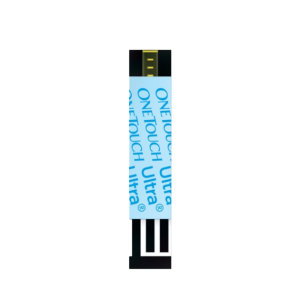
Generic Meter : Test Strips
The strips work with the glucose meters to “read” blood sugar levels. One box of test trips usually contains between 25-50 single use strips.
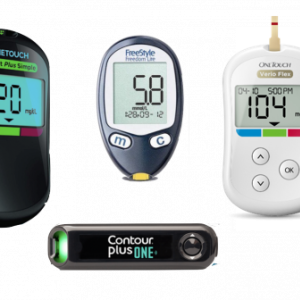
Meter : Glucometer
The meter measures the amount of sugar in the small sample of blood that is placed on the disposable test strip. Most CGMs require testing blood sugar with a meter to calibrate the CGM device daily.
Device Details
Overview
Very small implantable sensor but large transmitter must be worn on top of the skin.
Good to have. Tried and true. Backup or day to day. Finger-sticks required.
Affordability and Access
$$$$
Sometimes covered. Insertion and removal require a Health Care Provider. Insertion costs $100-$300, and removal costs $100-$400. Sensor and transmitter cost $800-$1400.
$$$$
Most accessible. Available over the counter at all Pharmacies. Price range; $0-$200/month depending on insurance coverage.
Data Monitoring Options
Yes
CGM data can upload automatically to the web-based Eversense data management system (EDMS) from the Eversense mobile app.
Limited Options
Data is available directly on the device. Some meters may be compatible with the Tidepool data management system.
Data View Options
Yes
Eversense mobile app receives and displays data in easy-to-read charts and graphs that can be shared with family and friends through the Eversense NOW app.
Yes
Data may be viewed directly on the device. Some meters contain a built-in USB connection that allows information to be uploaded to a data management system.
Duration and Storage
180 Days
Sensor lasts 180 days, but a physician must implant it. Transmitter must be charged daily.
Daily
Meters can last several years with battery changes/charging, they're used daily and work between 65ºF-86°F
Vision / Auditory / Dexterity
YES text to speech
YES vibration alerts
SOME dexterity needed
NO text to speech
NO vibration alerts
A LOT of dexterity needed
Patient Considerations
Active Lifestyle
Water-resistant transmitter when submerged in 1 meter of water for up to 30 minutes and must be within 25 feet of the connected smart device.
Must pause activity to check blood sugar.
Avoiding Highs and Lows
On-body vibration alerts when blood glucose levels are higher or lower than the set range. Trend arrows show the direction glucose is heading, with the rate of change.
Less data. Meters don't give as much blood sugar data as sensors do and require a high level of engagement and effort to avoid highs and lows.
Comfort
Longest lasting sensor fits comfortably under the skin. Minor procedure is required.
Meter supplies carried and requires visible blood.
Easy Insulin Dosing
Predictive alerts make insulin dosing easier by tracking high and low trends.
Limited features. No info on blood sugar trends.
Easy to Use
Minor procedure. Requires insertion by a physician during a medical visit.
Large display. Device typically has large display numbers for easier readouts, and it's very simple to operate.
Fewer Fingersticks
2 daily finger-sticks are needed to calibrate the sensor.
Frequent fingersticks are unavoidable.
Privacy
Somewhat discreet. Tiny sensor is implanted under the skin, so the user can be discreet when needed. Ability to see sugar on watch or phone. Sensor not movable on body and requires regular meter use.
No attached device for blood glucose monitoring.